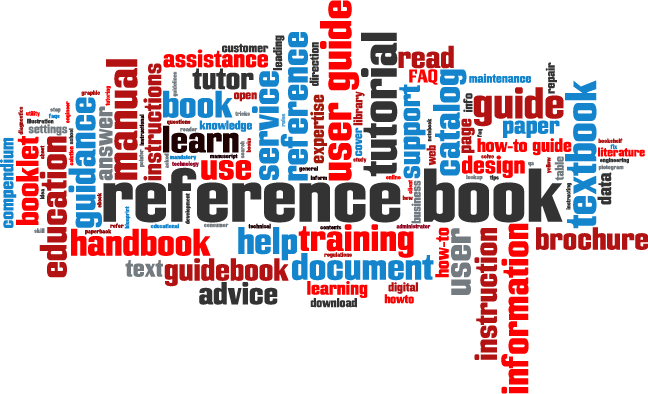
Editors Canada’s Professional Editorial Standards (PES) describe the responsibilities of an editor. The scope of PES is broad; this series explores how the standards apply to a variety of editing contexts.
I edit academic papers in preparation for submission to journals. My clients are researchers, and have usually settled the structure and content of their documents; they are looking for corrections to mistakes and advice about revising for clarity. The work I do is set out in sections C and D of PES — covering stylistic editing and copy editing, respectively — as well as section A, which discusses the fundamentals of editing.
Stylistic editing standard C15 plays a big role in my work. It reads:
Clearly and diplomatically, request clarification of meaning and intent, explain changes as appropriate, and propose or negotiate significant editorial changes.
Sometimes I come across a sentence or phrase I can’t figure out, and I have to ask: Is it them or me? Most of my clients have English as a second language (ESL), so perhaps the writer has produced this incomprehensible phrase because they’ve misunderstood an idiom — or maybe they wrote so fast that their fingers got ahead of them. On the other hand, since I work on academic papers that address the state of the art in various fields, maybe my client is using terminology that’s new to me. I have to figure it out before I proceed.
My secret weapon is Google Scholar, a search engine that returns results from published academic papers (Standard A10.3: Know where to find and how to use current, reliable reference works such as style guides, dictionaries, and databases). If I’m suspicious about a term or phrase, I search it to see how (or if) it has been used in academic writing. If it seems to be an accepted usage, great! If not, I attempt to rewrite the phrase, and query my client about whether I got it right (Standard D19: Write clear, coherent, and diplomatic queries and notes for the appropriate person).
The worst case is when I can’t even begin to guess what the sentence is meant to say. That’s when I have to put on my most tactful hat to find a kind and professional way to say, “Huh?!”
Stylistic standard C12 describes my clients’ favourite kind of edits:
Eliminate wordiness (e.g., by deleting redundancies, empty phrases, unnecessary modifiers).
Scholarly articles usually have a word limit, so authors are delighted when I make cuts. I often don’t have much trouble; writing in English seems to prompt ESL academics to add hedge words, adjectives and circumlocutions — or maybe that’s academia in general?
Most of my work dwells in PES section D: Standards for Copy Editing. One of my favourites is D4:
Correct errors in usage (e.g., words commonly confused, such as imply/infer; incorrect idioms and phrases, such as hone in).
In a recent paper, I changed “opposed to this” to “in contrast to this,” “environmental aspects” to “environmental factors” and “the expectancy to reach” to “the expectation of reaching.” These are fun to fix because they’re almost right, and fairly understandable. My challenge is to take the writing from mere comprehensibility to crystal clarity, so readers can focus on my clients’ ideas.
I could write reams on how I apply PES to my work, but I have editing to do! How about you? Do you recognize your own work in the standards I’ve cited? Do you have a favourite reference tool to share — a database, a book, an online dictionary, maybe a blog?
___
Previous post on the PES: PES in the Field: Raising (the Topic of) Our Standards
The Editors’ Weekly is the official blog of Editors Canada. Contact us.
Discover more from The Editors' Weekly
Subscribe to get the latest posts sent to your email.
